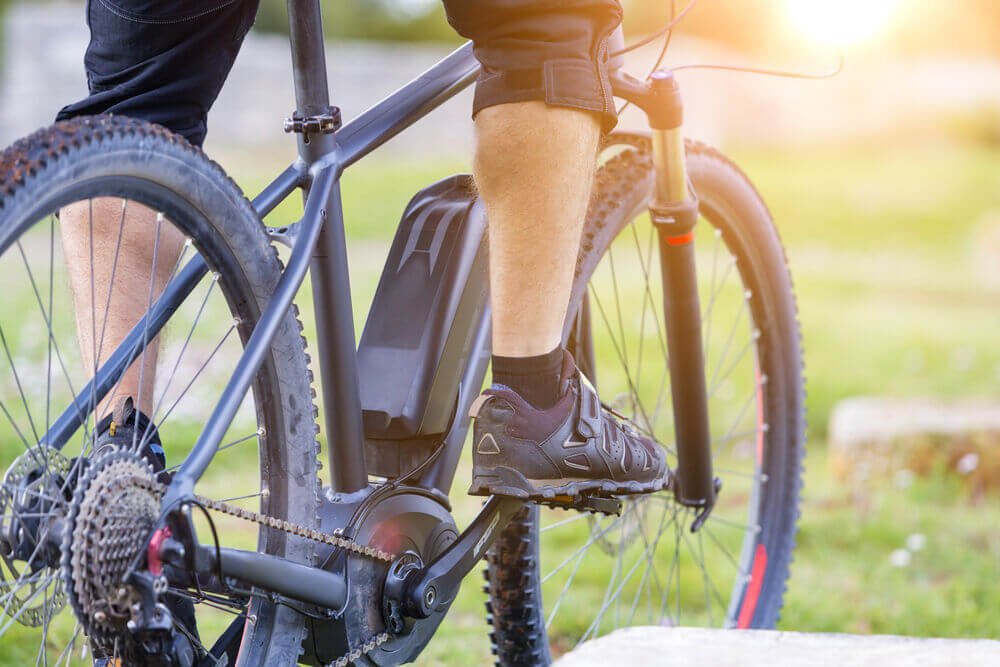TRENTON – After a thorough review of fuel consumption statistics and consultation with the legislative budget and finance officer, the New Jersey Department of the Treasury announced Aug. 24 that New Jersey’s gas tax rate will decrease by 8.3 cents per gallon Oct. 1 to comport with the 2016 law that requires a steady stream of revenue to support the state’s Transportation Trust Fund (TTF) program.
“Because actual consumption in fiscal year 2021 was so closely in line with our projections made last August, coupled with the fact that consumption in the current fiscal year is projected to be above last fiscal year’s levels, our analysis of the formula dictates an 8.3 cent decrease this coming October,” stated State Treasurer Elizabeth Maher Muoio. “We are pleased that this dedicated funding stream continues to provide billions of dollars across the state to support our critical transportation infrastructure needs.”
According to a governor’s office release, under the 2016 law (Chapter 57) enacted prior to the Murphy administration, New Jersey’s TTF program is required to provide $16 billion over eight years to support critical infrastructure improvements to the state’s roadways and bridges. In order to ensure the state has the funds necessary to support these projects, the law dictates that the Petroleum Products Gross Receipt tax rate must be adjusted accordingly to generate roughly $2 billion per year.
What is generally called the “gas tax” or the “highway fuels tax” is actually two separate taxes on gasoline and diesel fuel – the Motor Fuels tax and the Petroleum Products Gross Receipts (PPGR) tax.
Under the formula explicitly outlined in the 2016 law, the PPGR tax rate will decrease Oct. 1, from 40.2 cents to 31.9 cents for gasoline and from 44.2 cents to 35.9 cents for diesel fuel. When combined with the Motor Fuels tax, which is fixed at 10.5 cents for gasoline and 13.5 cents for diesel fuel, the total tax rates that motorists will pay for gasoline and diesel fuel will be 42.4 cents and 49.4 cents, respectively.
Background on Chapter 57 & calculation of tax rate formula
Under P.L. 2016, Chapter 57, a statutory formula determines how much the PPGR tax rate is to be adjusted annually in order to meet the highway fuels revenue target.
The highway fuels revenue target is required to be reviewed annually each August by the treasurer, in consultation with the legislative budget and finance officer (LBFO). This process just concluded, with Muoio and LBFO Thomas Koenig consulting on consumption data and revenue collections.
In order to calculate whether a change in the PPGR tax rate is necessary to achieve the highway revenue fuels target, the statutory formula requires the treasury to first look at the baseline highway fuels revenue target, which is the amount of revenue collected from the taxation of highway fuels (gasoline and diesel fuel) when the law first went into effect, in fiscal year 2016.
The PPGR rate may be adjusted annually for the following two reasons:
- to correct for the prior fiscal year’s revenue shortfall or surplus in meeting the fiscal year 2016 baseline highway fuels revenue target
- to correct for whether projected highway fuels consumption in the current fiscal year will be above or below FY 2016 consumption levels.
When necessary, the PPGR rate is adjusted:
- higher (lower) if revenues last fiscal year were below (above) the revenue target for that year
- higher (lower) if consumption for the current fiscal year is projected to be lower (higher) than fiscal year 2016 consumption levels.
Fiscal Year 2022 Rate Calculation
The treasury applied the above formula based on the following revenue numbers:
- Highway fuels revenue collections in fiscal year 2021 are projected to exceed the fiscal year 2020 highway fuels revenue target by $58.8 million.
- Offsetting this slightly is the fact that the actual shortfall for fiscal year 2020 ended up being $8.1 million higher than the $156.0 million shortfall that was projected last August. (Highway fuels consumption for the month of June must be estimated every year because the actual data is not available in time for the annual rate review.)
- Based on the consultation between the state treasurer and the legislative budget and finance officer during the review period in August 2021, the highway fuels revenue target for fiscal year 2022 is $1.897 billion = $1.948 billion (FY 2016 baseline) – $58.8 million (FY 2021 surplus) + $8.1 million (FY 2020 adjustment).
Supporting Statistics
Last year, the treasury estimated that consumption of gasoline and diesel fuel in fiscal year 2021 was projected to decline by 15.6% from pre-pandemic levels in fiscal year 20219 and 20.2% from the fiscal year 2016 baseline consumption level when the law was established.
However, because of the swifter-than-expected economic recovery, consumption of gasoline and diesel fuel in fiscal year 2021 only declined by 13.6% from pre-pandemic levels in fiscal year 2021 and 18.3% from the fiscal year 2016 baseline consumption level.
Because actual consumption in fiscal year 2021 was in line with projections, the PPGR tax rate did not need to be increased to make up for any shortfall in highway fuel revenue collections from the prior fiscal year.
While consumption of gasoline and diesel fuel in fiscal year 2022 is projected to be 14.3% lower than fiscal year 2016 levels, since many workers will continue to work from home, it is expected to be above fiscal year 2021 levels, when more widespread restrictions related to the pandemic were in place.
As a result, the fiscal year 2022 PPGR tax rate will be lower than in fiscal year 2021 because there is no shortfall in prior fiscal year collections, but it will continue to be above the original 22.6 cent tax rate.
The treasury also noted that only legislative action can change the statutory formula, and any new statutory change would still need to secure reliable annual revenues for the Transportation Trust Fund.
For additional information on the gas tax law, the process that goes into calculating the rate each year and historical data, see the latest edition of the treasury’s economic analysis paper – OREA Explains.







